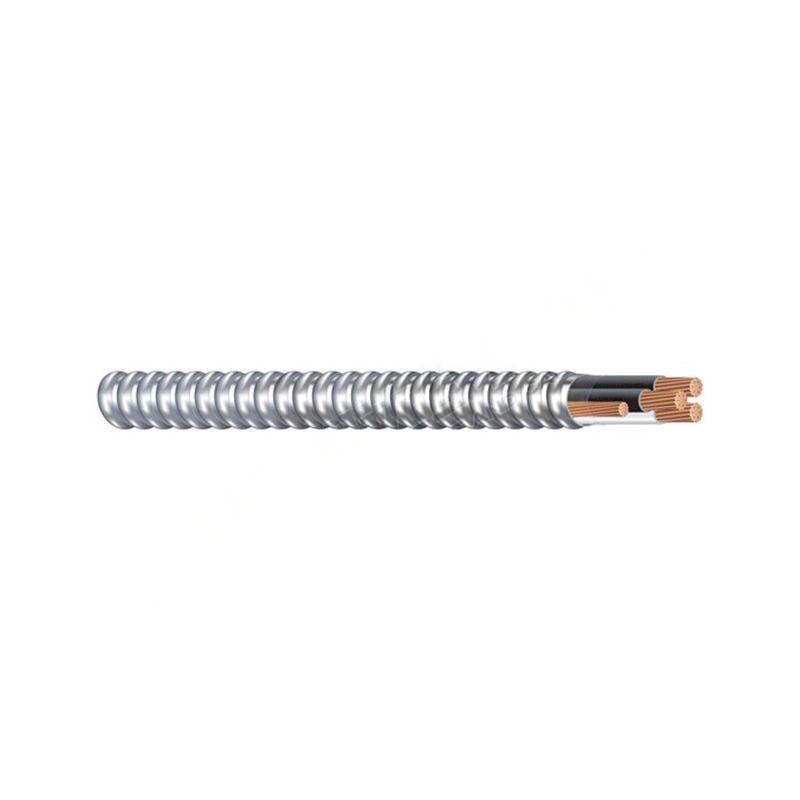Nov . 24, 2024 00:47 Back to list
rubber joint flange
Understanding Rubber Joint Flanges Essential Components in Modern Engineering
Rubber joint flanges are pivotal components in various engineering systems, particularly in plumbing, HVAC, and industrial applications. These flexible yet robust joints offer the ideal solution for managing piping systems that require versatility, ease of installation, and the ability to absorb vibrations and misalignments. In this article, we will explore the basic structure, advantages, applications, and maintenance of rubber joint flanges.
Structure of Rubber Joint Flanges
Rubber joint flanges typically consist of a central rubber element enclosed between two metal flanges. The rubber material, often made from synthetic compounds such as EPDM or neoprene, is designed to provide flexibility and elasticity. This structure allows for thermal expansion, contraction, and shifts in alignment without compromising the integrity of the piping system. The flanges, usually made of steel or ductile iron, are bolted to the adjacent pipes or fittings, creating a secure yet adaptable connection.
Advantages of Rubber Joint Flanges
One of the primary advantages of rubber joint flanges is their ability to absorb vibrations and shocks. This feature is crucial in applications where heavy machinery or pumps are in operation, as it helps to minimize noise and reduce wear on adjacent equipment. Additionally, rubber joints can compensate for misalignments, thereby simplifying installation procedures and reducing labor costs.
Another notable benefit is the resistance to corrosion and chemical attack. Many rubber materials used in joint flanges are designed to withstand exposure to a variety of chemicals, making them suitable for diverse industries, including chemical processing and waste management. Their durability in harsh environments often exceeds that of traditional metal joints.
Applications of Rubber Joint Flanges
rubber joint flange

Rubber joint flanges are widely used across several industries. In plumbing and wastewater management, they serve as essential components for connecting pipes in a manner that prevents leaks and maintains system integrity. In HVAC systems, these flanges are employed to connect ductwork, allowing for efficient air flow while absorbing vibrations generated by air handling units.
In the manufacturing sector, rubber joint flanges are vital in conveyor systems where flexibility is needed to adjust to varying angles and movements. They are also found in marine applications, where their ability to resist saltwater corrosion is invaluable.
Maintenance and Considerations
While rubber joint flanges are generally low-maintenance, periodic inspection is advisable to ensure their longevity and performance. Checking for signs of wear, such as cracks or hardening of the rubber, can prevent unexpected failures. Additionally, ensuring that the flanges are appropriately tightened can help maintain a secure connection and prevent fluid leaks.
When selecting rubber joint flanges, it is essential to consider factors such as the operating environment, the type of fluids being transported, and the required pressure ratings. Properly matched flanges will provide optimal performance and extend the lifespan of the entire system.
Conclusion
Rubber joint flanges represent a critical innovation in piping technology, providing significant benefits through their flexibility, vibration absorption, and resistance to corrosion. As industries continue to evolve, the demand for such adaptable and resilient components will likely increase, solidifying the importance of rubber joint flanges in modern engineering. Understanding their construction, advantages, and appropriate maintenance can help engineers and technicians make informed decisions that enhance operational efficiency and reliability.
Share
-
Reliable Wafer Type Butterfly Valves for Every IndustryNewsJul.25,2025
-
Reliable Flow Control Begins with the Right Ball Check ValveNewsJul.25,2025
-
Precision Flow Control Starts with Quality ValvesNewsJul.25,2025
-
Industrial Flow Control ReliabilityNewsJul.25,2025
-
Engineered for Efficiency Gate Valves That Power Industrial PerformanceNewsJul.25,2025
-
Empowering Infrastructure Through Quality ManufacturingNewsJul.25,2025